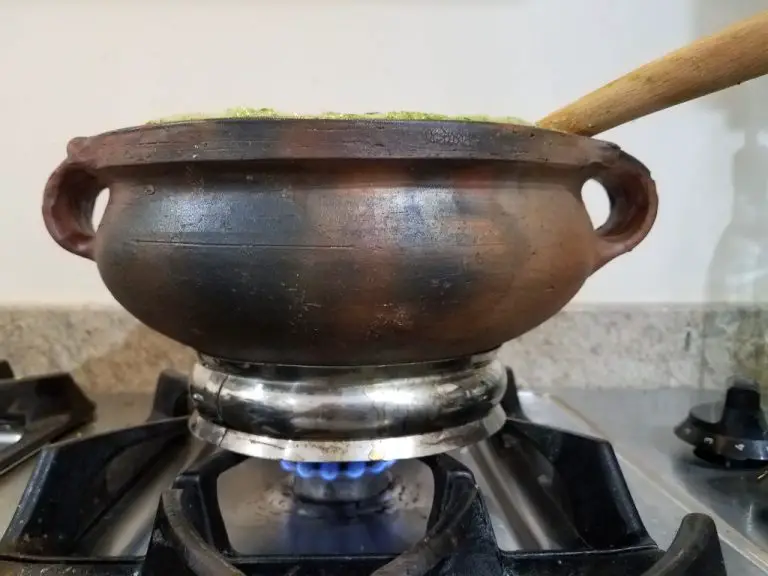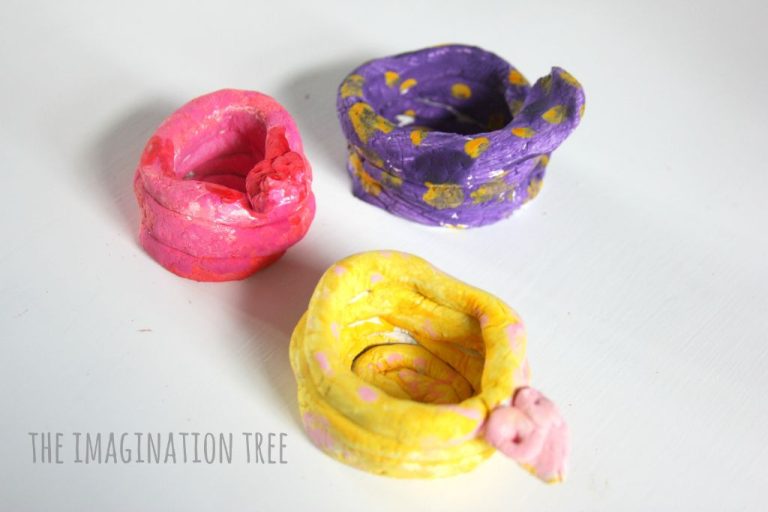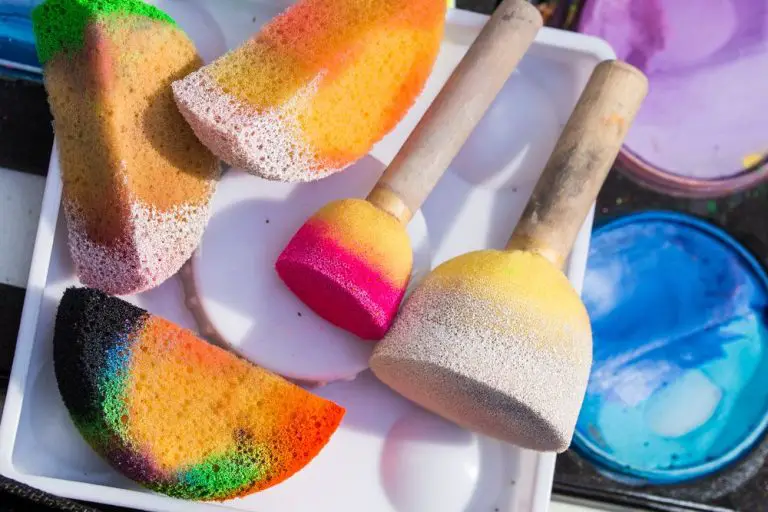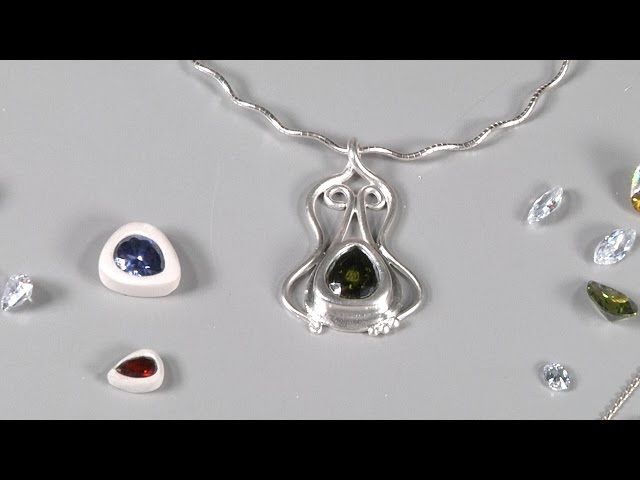Which Cups Are Made In Usa?
The manufacturing of cups and glassware has a long history in the United States. Some key points about the cup manufacturing industry in America include:
Cups and drinking glasses have been produced in the US since the late 1700s, with early glassworks opening in states like New Jersey and Massachusetts. Major US glassware companies like Anchor Hocking Glass Company and Libbey Inc have roots dating back to the 1800s.
As of 2020, the US cup and drinking glass manufacturing industry employed around 18,000 people. California, Ohio, and Pennsylvania are major states for glassware production. The total value of shipments in the industry was $2.4 billion in 2020.
Major materials used in cup manufacturing include plastic, paper, glass, and foam. Plastic and paper cups make up a large share of production, driven by demand for disposable cups. Glass drinking glasses are also commonly produced.
Key drivers for the industry include foodservice, restaurants, beverage companies, hospitals, and events requiring disposable serveware. Demand rises and falls partly based on consumer spending in foodservice.
Today, most manufacturing of cups and glassware in the US is automated using machines. Some specialized glassware production still relies on skilled artisans and glass blowers.
Competition from low-cost imports has led some US manufacturers to focus on higher-end and custom products. But many major brands continue to produce in American factories.
History of Cup Manufacturing in the US
The history of paper cup manufacturing in the United States began in the late 19th century. According to the Wikipedia article on paper cups, paper cups were first mass-produced in the early 1900s. The Dixie Cup Company was founded in 1907 by Lawrence Luellen, who along with his brother-in-law Hugh Moore, came up with an automated machine to make paper cups. This allowed them to manufacture paper cups at a mass scale for the first time.
Some key innovations in paper cup manufacturing according to the Huhtamaki article include:
- In 1908, Luellen patented the “Health Kup”, which had a cone shape and sealing flap to keep liquid in the cup.
- In 1913, Luellen devised the first automated paper cup making machine.
- In the 1920s, cup manufacturers began waxing cups to make them leakproof.
- In the 1930s, the first heat-resistant paper cups were developed.
Paper cups grew in popularity through the early 20th century and mass production enabled cups to be made quickly and inexpensively. Key innovations in automation and leakproof/heatproof materials paved the way for the modern paper cup.
Major US Cup Brands
There are several major brands that manufacture cups in the United States. Some of the most well-known include Corelle, Pyrex, and Anchor Hocking.
Corelle1 is one of the most recognizable cup brands made in the USA. Founded in 1889 as Corning Glass Works, the company invented Pyrex glass cookware in 1915. In the 1970s, Corelle introduced their signature vitrelle glass tableware which became popular for its lightweight, chip-resistant durability. Corelle manufactures various styles of cups from mugs to teacups at their glass plants in Ohio and New York.
Pyrex2, invented in 1915, pioneered borosilicate glass cookware and bakeware. While the brand has changed ownership over the years, Pyrex products have been continuously manufactured in the US since the 1940s. Pyrex is known for their iconic glass measuring cups as well as glass food storage containers. Their manufacturing and distribution facilities are located in Illinois and Pennsylvania.
Anchor Hocking3 was founded in 1905 in Lancaster, Ohio and is one of the oldest glass manufacturers in the US. They are known for their heat-resistant glass products including ovenware dishes, candle holders, and drinking glasses. Anchor Hocking operates glassmaking facilities in Ohio, Pennsylvania, and West Virginia. Their wide range of stylish glass cups continue to be made in the USA.
Materials Used
There are several common materials used to make cups in the United States, including glass, plastic, and ceramics like porcelain and stoneware.
Glass is a popular cup material due to its durability and stain resistance. Major glass cup brands made in the US include Anchor Hocking, which produces glassware in plants across Ohio, Pennsylvania, and West Virginia (Which Material Makes for the Best Coffee Cup?). Glass is an inert material that does not retain odors or flavors.
Various plastics are also frequently used for disposable and reusable cups. Common types include polypropylene, polystyrene, polycarbonate, and polyethylene terephthalate (PET). Plastics allow for lightweight and shatter-resistant cups. However, some types of plastic can retain odors and stains. There are also environmental concerns around plastic waste (Which Material Makes for the Best Coffee Cup?).
Ceramic materials like porcelain and stoneware have a long history of use for cups and mugs. Major US brands using ceramics include Le Creuset, Pfaltzgraff, and Corelle. Ceramics are praised for their heat retention abilities while also being chip and stain resistant. Glazes are often applied for decorative effects and added durability (What’s the Best Material for a Coffee Mug?).
Manufacturing Process
There are two main manufacturing processes used for making cups in the USA: glassblowing and injection molding. Glassblowing involves blowing and molding molten glass into the desired cup shape. Skilled artisans gather molten glass on a blowpipe and blow air into it while shaping it with tools and molds. This produces handcrafted glassware like wine glasses and glass mugs [1].
For mass production of cups, injection molding is more common. Plastic pellets are melted and injected into metal molds that imprint the desired shape. The molten plastic cools and hardens into the finished cup form. Quality control checks are conducted, inspecting for defects in the molding. Automated machines can produce hundreds of identical cups per hour. Major brands like Tervis and Contigo use injection molding to manufacture plastic cups and travel mugs at scale in the USA [2].
Locations of Manufacturing
A majority of cup manufacturing in the United States takes place in just a few key states. According to Madeintheusamatters.com, some of the top states for cup production include Ohio, West Virginia, Pennsylvania, Indiana, California, and Oklahoma. Ohio in particular has been a leader, with major glass and ceramics manufacturers like Anchor Hocking, Libbey Glass, and Mosser Glass operating plants there for decades.
Other states with a strong history of cup manufacturing are New York, Illinois, and Texas. But overall, the Midwest and Northeast regions of the country have the highest concentrations of cup factories and production facilities. This is likely due to several factors like proximity to raw materials, availability of skilled workers, and logistical advantages like access to railroads and shipping routes.
Working Conditions
The working conditions in American cup factories have evolved over time. In the 19th century, glass factory workers often endured long hours, with 50-55 hour work weeks being common. According to the Corning Museum of Glass, “Mondays through Fridays were 9- to 10-hour working days with a reduction to 8 hours on Saturday” (Jobs in a 19th Century Glass Factory). Safety standards were also more lax, and injuries were common.
Modern cup manufacturing in the US is subject to stricter regulations and oversight. However, some concerns around fair labor practices persist. For instance, reports indicate that some workers involved in constructing World Cup stadiums faced difficult conditions despite promises for reform by Qatar (World Cup workers face alleged unfair working conditions). Wages and safety remain important issues. Overall, the evolution of regulations and rising public attention to ethical manufacturing have led to improvements, but challenges remain in ensuring fair, safe, and ethical working conditions.
Environmental Impact
The manufacturing process for disposable cups has a significant environmental impact. Most disposable cups are coated with polyethylene, a petroleum-based plastic lining that allows the cup to hold liquid without leakage. Producing this plastic coating contributes to greenhouse gas emissions and fossil fuel use[1]. According to one report, manufacturing a single Styrofoam cup leads to about 33g of CO2 emissions, equivalent to driving about 1/10 of a mile[2].
Disposable cups also create major waste management challenges. Even paper cups lined with polyethylene are not recyclable in most curbside recycling programs. Contamination from these cups can ruin entire batches of recyclable materials. It’s estimated that less than 1% of paper cups are recycled. The rest end up in landfills or as litter[3]. With billions of cups used yearly, disposable cup waste has become an environmental crisis.
Some companies are trying to develop more eco-friendly cup options, like plant-based linings or reusable cup programs. But systemic changes in consumer behavior and waste management infrastructure are still needed to fully address the environmental impact of disposable cup culture.
[1] https://foodprint.org/blog/environmental-impact-coffee-cup/
[2] https://www.theguardian.com/environment/2024/jan/22/disposable-coffee-cups-environmental-impact
[3] https://huskee.co/blog/the-environmental-effect-of-disposable-coffee-cups/
Cost Analysis
The cost of producing cups in the US involves several factors, including raw materials, labor, and energy. According to an analysis by the World Economic Forum, the raw materials for a typical 16 oz paper cup cost around $0.12. This includes $0.10 for the paper, $0.009 for the plastic liner, and $0.001 for the lid (source). Meanwhile, a detailed production cost analysis report estimates that raw materials account for about 55% of the total cost of paper cups (source).
Labor costs vary depending on the location of the manufacturing facility. In general, labor accounts for 10-15% of the total production costs of cups, with automation reducing the labor intensity. Energy costs are also a significant factor, driven by the electricity and natural gas needed for the manufacturing process, which can represent 15-20% of total costs.
Overall, a standard 12-16 oz paper cup costs $0.20-0.25 to produce in the US when accounting for raw materials, labor, energy, and other overhead expenses. This can rise to $0.30-0.40 for more specialized cup materials and designs.
Future Outlook
The future outlook for cup manufacturing in the US shows some promising trends, though the industry also faces challenges.
According to the FMI report titled “Paper Cups Market” https://www.futuremarketinsights.com/reports/paper-cups-market, paper cup sales are expected to grow between 2023 and 2033, driven by increasing demand in the food service industry. The hot beverage cups segment in particular is projected for high growth. This points to opportunities for US cup manufacturers to expand their production capacities to meet rising demand.
However, the industry also faces competitive pressures from low-cost imports. As a LinkedIn article notes, “USA Disposable Paper Cup Market Valuation Expected to Reach US$ 5389 Million by 2030”, pointing to modest 2.1% CAGR growth. Keeping manufacturing costs competitive will be key for domestic cup makers.
Sustainability is another challenge. Consumers and regulators increasingly demand recyclable and compostable cups, spurring R&D investments in new materials and coatings. US cup manufacturers will need to innovate to offer eco-friendly cups at scale.
Overall the future holds a mix of opportunities and challenges for the US cup manufacturing sector. Companies that invest in capacity, efficiency, and sustainability will be best positioned for growth.





